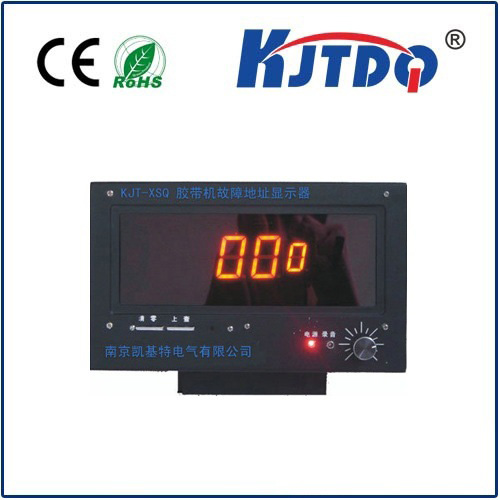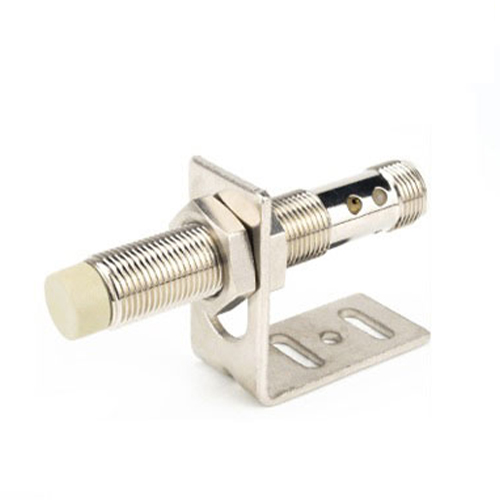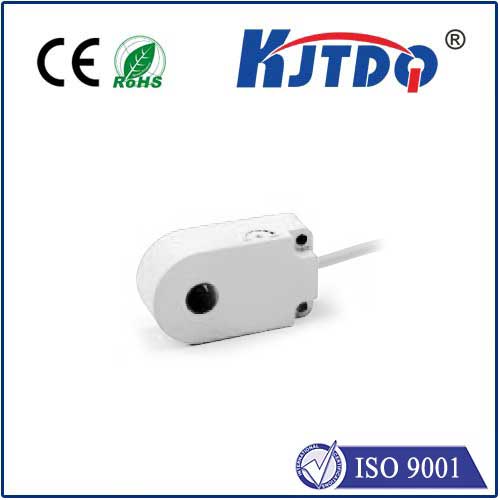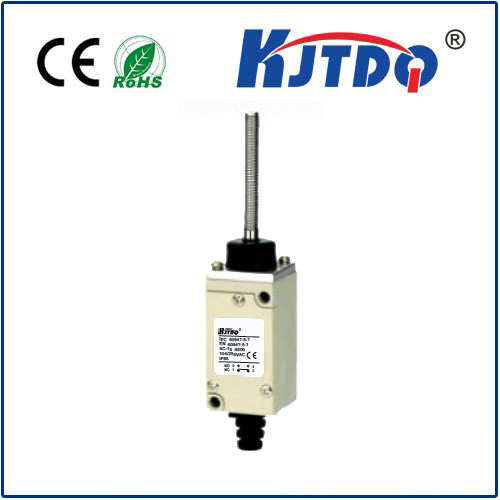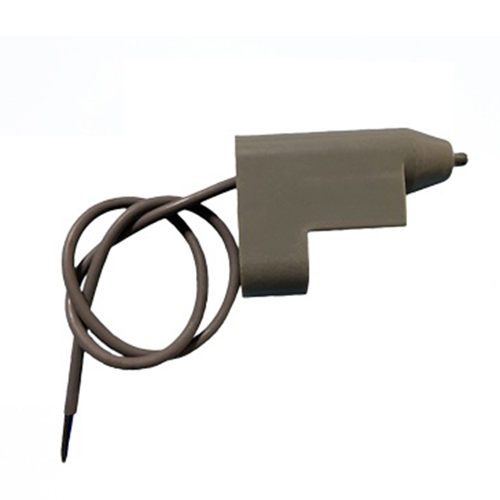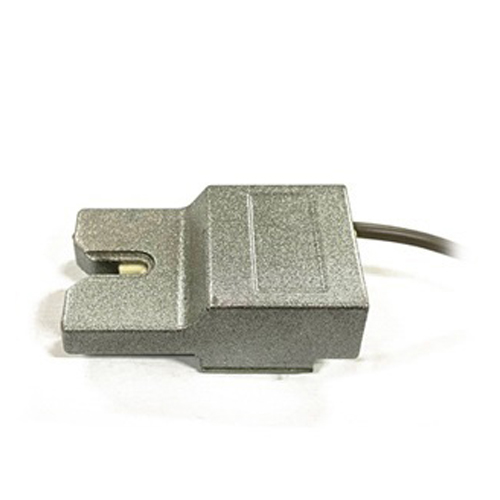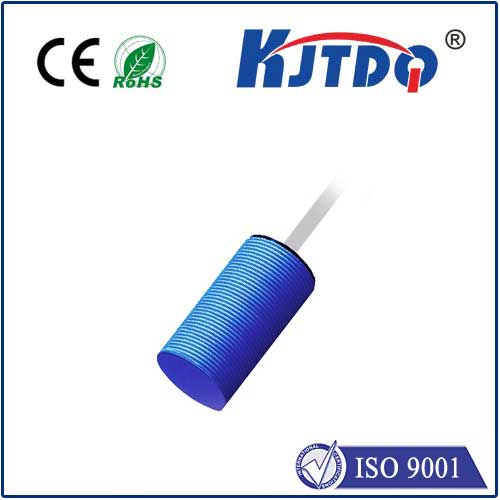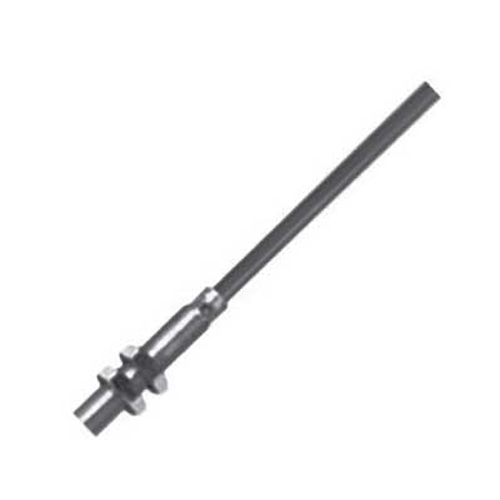ИК - фотодатчик
- time:2025-07-24 00:00:06
- Нажмите:0
The Invisible Guardians: Unlocking Efficiency with IR Photoelectric Sensors
Imagine a production line humming along, pristine bottles speeding past a checkpoint, when suddenly… a misfed bottle jams the machinery. Costly downtime, wasted product, frustrated operators. What if an unseen sentinel could prevent this chaos? Enter the ИК - фотодатчик, a fundamental yet powerful technology acting as the silent, vigilant eyes of modern automation. These ubiquitous devices detect objects, measure distances, and ensure seamless processes by harnessing the power of invisible light, proving indispensable across countless industries.
Demystifying the Core: How Does an IR Photoelectric Sensor Work?
At its heart lies a simple, ingenious principle. Think of a miniature lighthouse and a photodetector. The sensor contains an infrared light emitter, typically an IR LED, which projects a focused beam of invisible light (usually in the near-infrared spectrum, around 880nm). Opposite or nearby this emitter sits a specialized receiver. The fundamental magic happens based on the interruption or reflection of this IR beam.
This interaction defines the sensor’s operation:

- Transmission: The emitter sends out a modulated IR beam (pulsed light to enhance noise immunity).
- Interaction: The beam encounters an object in its path. Depending on the sensor type (discussed next), the object either:
- Interrupts the beam traveling directly to a separate receiver (Thru-Beam).
- Reflects the beam back towards a receiver housed alongside the emitter (Diffuse Reflectance or Retroreflective).
- Reflects the beam at an angle (Convergent Beam/Background Suppression).
- Detection: The receiver, tuned to the specific IR wavelength, detects the change in the received light:
- Beam Broken: The receiver loses signal (Thru-Beam).
- Beam Reflected: The receiver detects a significant increase in reflected light compared to the ambient level (Diffuse, Retroreflective, BGS).
- Output: This change triggers an electronic switch within the sensor, changing its выходной сигнал (e.g., switching a transistor from OFF to ON, or vice-versa). This electrical signal is then used by controllers (PLCs, robots) to initiate actions – stopping a conveyor, counting parts, confirming presence.
Choosing the Right Watchman: Key Types of IR Photoelectric Sensors
Selecting the optimal sensor depends heavily on the application, range, and environmental conditions:
- Thru-Beam (Opposed Mode): The undisputed champion for longest range and highest reliability. The emitter and receiver are separate physical units facing each other. Detection occurs when the object breaks the beam between emitter and receiver. Advantages include incredible range (often 10s of meters), immunity to target color or surface finish, and minimal sensitivity to dust or ambient light. The main drawback is the need for wiring and mounting two separate devices accurately on opposite sides of the detection zone.
- Retroreflective (Reflector Mode): A clever compromise. Uses a single housing containing both emitter and receiver. It projects a beam towards a specialized retroreflector (like a corner-cube prism mirror or high-efficiency tape) that bounces the beam directly back to the receiver. Detection occurs when an object interrupts this reflected beam path. This offers good range (often comparable to shorter thru-beam applications) and simpler single-point mounting compared to thru-beam. However, it can be fooled by highly reflective objects mimicking the reflector and has a shorter maximum range than thru-beam.
- Diffuse Reflective (Proximity Mode): The most common type for general object presence detection at closer ranges. Emitter and receiver are housed together. The sensor detects the light diffusely reflected directly off the surface of the target object itself. Detection relies on the object being closer than the background. Advantages include simple, single-point mounting, good for detecting non-reflective objects, and often lower cost. Limitations include shorter sensing ranges, potential false triggers from shiny background objects, and sensitivity to target color and surface texture (darker/rough objects reflect less IR light).
- Convergent Beam & Background Suppression (BGS): Advanced diffuse sensors designed to overcome limitations. They precisely focus the IR beam at a fixed distance (the focal point). Only objects at or near this specific focal point reflect enough light directly back to the receiver. Objects closer or farther away (the background) are largely ignored. This provides extremely accurate detection at a fixed distance, ideal for applications like detecting tabs on cans on a conveyor, ignoring the belt itself or objects stacked behind. Fixed focus distance is a key characteristic.
The Compelling Edge: Why IR Photoelectric Sensors Dominate Automation
Their widespread adoption isn’t accidental. IR photoelectric sensors offer distinct advantages over other sensing technologies:
- Cost-Effectiveness: Generally provide an excellent balance of performance and price for a vast array of detection tasks.
- Non-Contact Sensing: Eliminates physical wear and tear on both the sensor and the target object, ensuring long operational lifespans.
- High Speed: Capable of detecting objects moving at extremely high speeds, critical for fast production lines.
- Reliability & Robustness: Modern sensors are built for industrial environments, often featuring rugged housings (IP67, IP69K ratings) resistant to dust, moisture, vibration, and chemicals.
- Ambient Light Immunity: The use of modulated infrared light allows the sensor’s receiver to differentiate its own signal from extraneous ambient light sources (like sunlight or factory lighting), ensuring stable operation. This is a critical advantage over simple visible-light systems.
- Adaptability: Available in numerous form factors (cylindrical, block-style, miniature), beam patterns (visible laser spot for alignment, focused beam), and output configurations (PNP/NPN, NO/NC, Analog, IO-Link) to suit diverse needs.
- Long Sensing Ranges: Particularly effective with Thru-Beam types, allowing detection over significant distances.
Beyond Factory Floors: Ubiquitous Applications
The reach of IR photoelectric sensors is vast:
- Packaging & Material Handling: Detecting presence/absence of boxes, bottles, cans; controlling fill levels; counting items on conveyors; jam detection.
- Automotive Manufacturing: Verifying component presence before assembly; robot guidance; door and hood position sensing.
- Food & Beverage: Ensuring correct lid placement; detecting underfilled containers; controlling liquid levels; monitoring conveyor flow.
- Pharmaceutical: Verifying vial/cap presence; detecting tablets in blisters; ensuring proper packaging.
- Printing & Paper: Detecting paper breaks (web break detection); verifying sheet presence; stack height control.
- Consumer Electronics: Presence detection in vending machines; paper jam detection in printers; position sensing in appliances.
- Building Automation: Occupancy detection for lighting control; door safety beams preventing closure on people/objects; security systems.
- Mobile Robotics/AGVs: Object avoidance; docking guidance; cliff detection.
Selecting Your Silent Partner: Key Considerations
To harness the power of IR photoelectric sensors effectively, consider:
- Detection Task: Presence, absence, counting, level control, contrast detection?
- Object Properties: Size, shape, color, surface finish (shiny/matte), transparency?
- Required Range: How far away is


